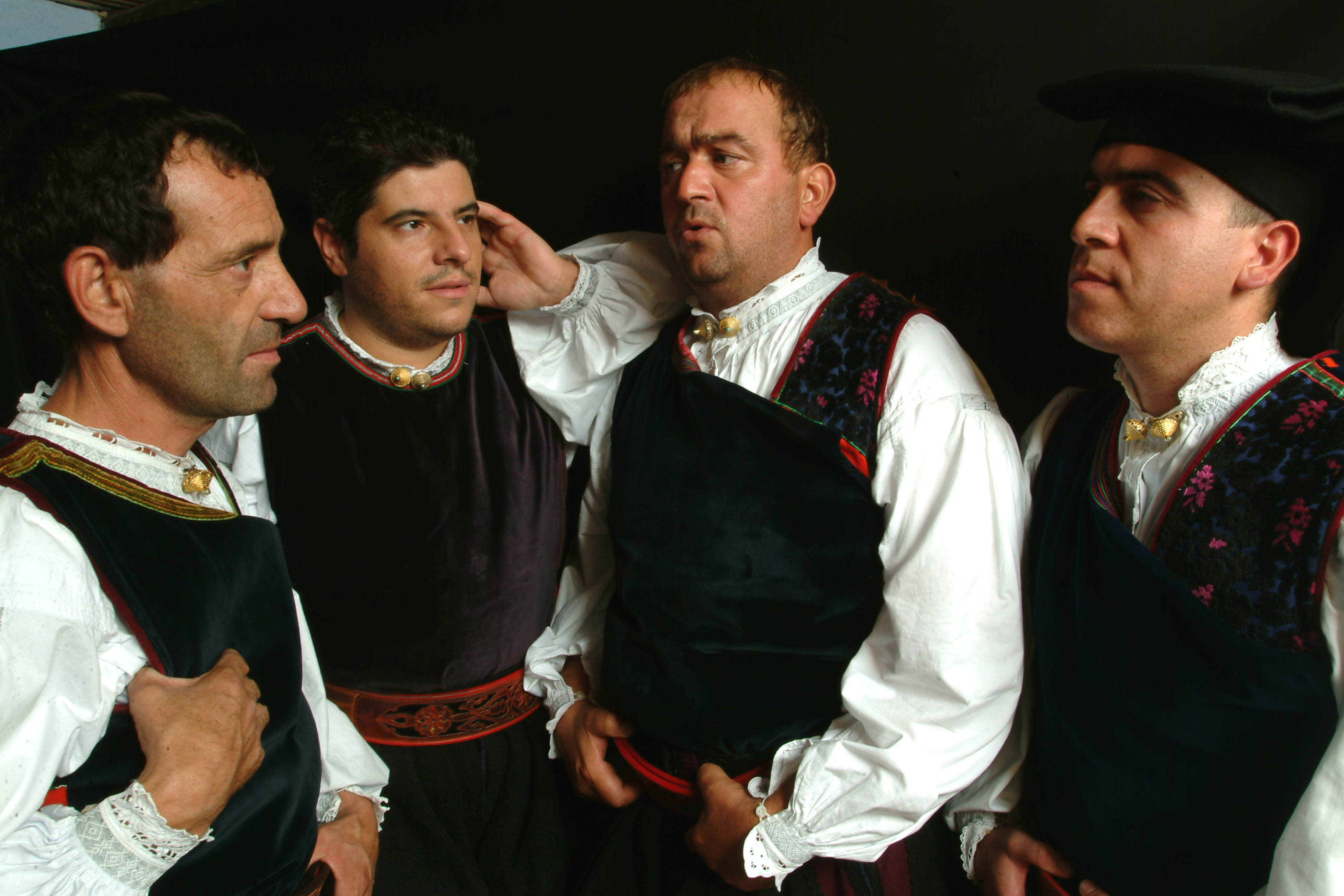If one were to ask what cultural practices are incompatible with information technology you would come up with something like UNESCO’s Intangible Cultural Heritage. ICH is the culture that isn’t material like books, paintings, sculpture and buildings. It is the folk practices and oral traditions. ICH is defined in Article 2 of the Convention for the Safeguarding of the Intangible Cultural Heritage (Paris, 17 October 2003),
For the purposes of this Convention,
1. The “intangible cultural heritage” means the practices, representations, expressions, knowledge, skills – as well as the instruments, objects, artefacts and cultural spaces associated therewith – that communities, groups and, in some cases, individuals recognize as part of their cultural heritage. This intangible cultural heritage, transmitted from generation to generation, is constantly recreated by communities and groups in response to their environment, their interaction with nature and their history, and provides them with a sense of identity and continuity, thus promoting respect for cultural diversity and human creativity. For the purposes of this Convention, consideration will be given solely to such intangible cultural heritage as is compatible with existing international human rights instruments, as well as with the requirements of mutual respect among communities, groups and individuals, and of sustainable development.
2. The “intangible cultural heritage”, as defined in paragraph 1 above, is manifested inter alia in the following domains:
(a) oral traditions and expressions, including language as a vehicle of the intangible cultural heritage;
(b) performing arts;
(c) social practices, rituals and festive events;
(d) knowledge and practices concerning nature and the universe;
(e) traditional craftsmanship.
The history of this convention is rooted in finding ways to preserve heritage that, not being material, can’t be preserved through physical preservation or representation. It is therefore concerned with preserving that which resists technologies of information.
I came across this on the site of Tenores di Bitti “Mialinu Pira”, a voice group signing in the pastoral oral tradition of Sardinia that has been added to the Intangible Heritage list (as of 2008). As the UNESCO site puts it,
Canto a tenore has developed within the pastoral culture of Sardinia. It represents a form of polyphonic singing performed by a group of four men using four different voices called bassu, contra, boche and mesu boche. One of its characteristics is the deep and guttural timbre of the bassu and contra voices. It is performed standing in a close circle. The solo singers chants a piece of prose or a poem while the other voices form an accompanying chorus.
What is interesting is that this group is named after an Italian anthropologist, Michelangelo “Mialinu” Pira whose best known book, La rivolta dell’oggetto: antropologia della Sardegna (The revolt of the object: an anthropology of Sardinia) is partly about the effects of technology on pastoral culture. (The book is online.)
We will know the digital culture partly by what it is not, and UNESCO’s Intangible Cultural Heritage are a bureaucratic process for defining that which is oral, practices, and local.
